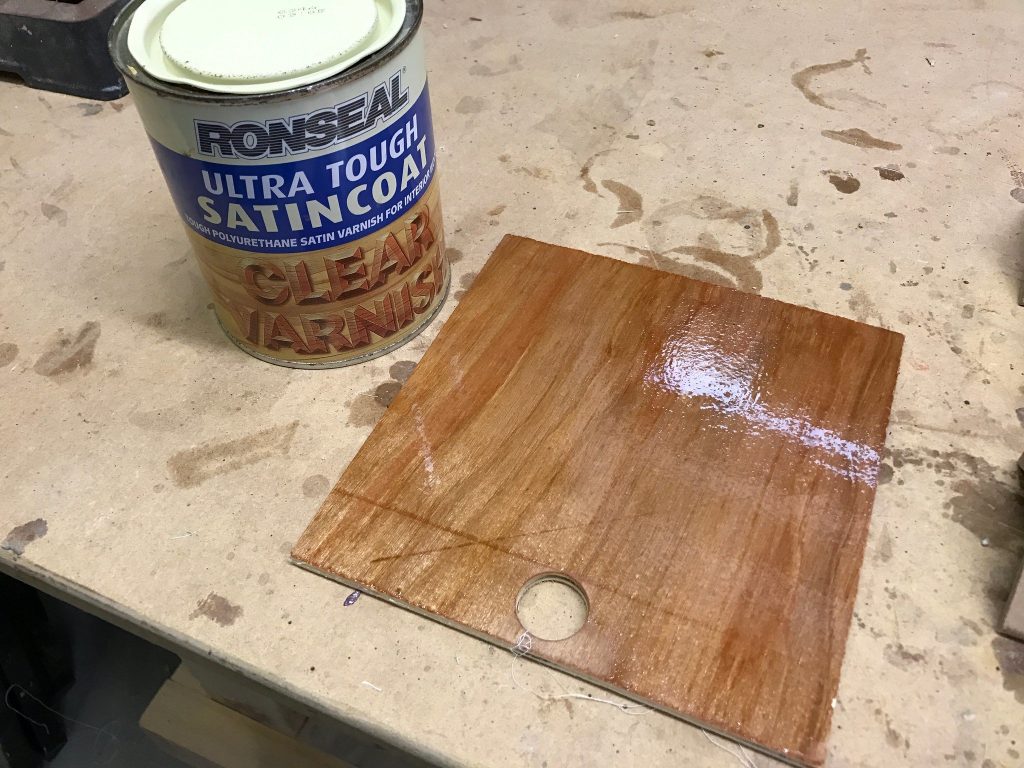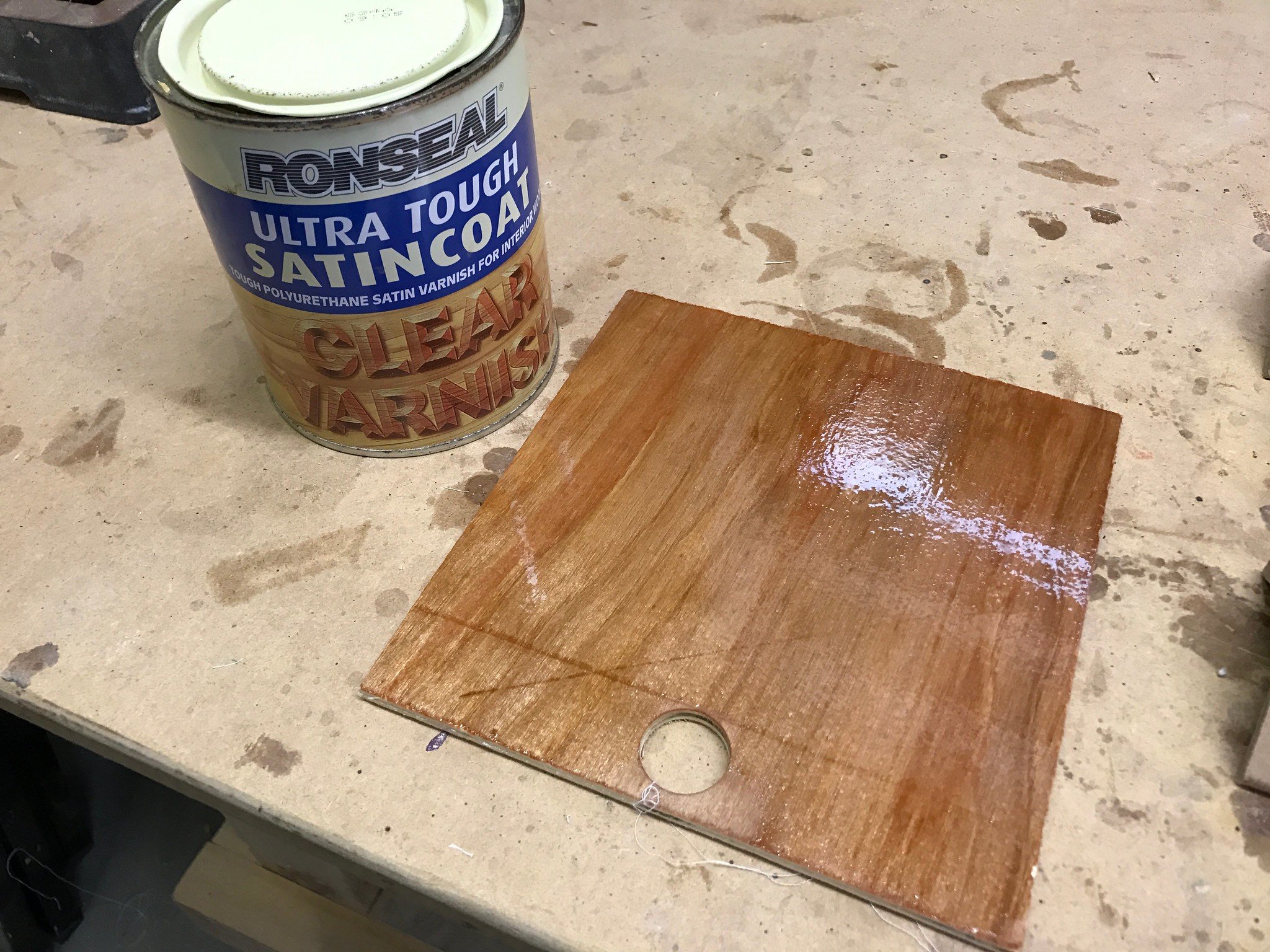Lacquer VS Polyurethane, the new and updated guide of 2023, which one is better to use for different purposes.
The natural beauty of wood can be mesmerizing, with the lines and swirls of the grain drawing us in. Anyone who has worked with wood has developed an appreciation for its natural beauty. That beauty can be brought out by applying the right finish and enhancing the colors to make the wood grain even more prominent. Selecting the right finish and using it in the right way are essential to maximizing its part in the overall beauty of the finished project.
We have several finish materials for wood floors available to us to choose from. Yet many people habitually refer to all of them by the same name, whether “lacquer” or “varnish.” But both lacquers vs. polyurethane and lacquer vs. polyurethane and varnish are different materials, as are lacquer vs. polyurethane, paint, and polyurethane together, and shellac applying lacquer vs. polyurethane together as well.
While they may all provide similar results, they each have their own place, with their own advantages and disadvantages.
Before the 1960s, shellac was a favorite finish, used extensively by furniture manufacturers. That has since been replaced by lacquer and, even more recently, traditional lacquer finishes and the highly durable polyurethane finish.
Each of these finishes has affected the overall look of the furniture from its era. To understand the effect and effect on our work, we must understand the difference between these materials.
Shellac
Shellac is perhaps the most interesting of these finishes in that it is the dried secretion of the female lac beetle. This secretion is usually applied over wooden and exterior wood surfaces and the cocoons for its larvae to protect them.
Collected, it is suspended in an alcohol-based solvent. This makes shellac very fast-drying, as the alcohol evaporates quickly. This fast-drying capability allows shellac to work well at sealing porous wood exterior wood and on wooden surfaces exterior wood surfaces.
Another way that shellac is used is to hide stains. The Bin primer/sealer is white-tinted shellac. When applied over stains in painted wood or drywall, the fast dry time of the shellac and a heavy white pigment content seal the stain and provide a good base for the paint application.
However, this doesn’t work as a wood finish since it would cover the wood grain’s appearance.
The use of shellac is where the idea has come from leaving a coffee mug or glass of iced tea on a dining room table will leave a white ring. It is shellac that this happens with.
Shellac naturally has an orange tint, affecting the other wood surfaces’ color. It can also be tinted to a wide variety of colors.
Lacquer
Lacquer is a clear nitrocellulose dissolved in a solvent. When the solvent dries water-based lacquer, it leaves a crystal-clear finish. It is self-leveling, so when applied by spray, acrylic lacquer results in a highly smooth finish without the orange peel.
That allows it to provide the highest gloss finish of any clear wood finish. Acrylic Lacquer can also be tinted, which has led to the colored acrylic lacquer finish (predominantly black) associated with furniture from the Orient. Interestingly enough, nail polish is a colored acrylic lacquer.
The natural finish of the lacquer thinner is high-gloss, although it is possible to buy it in semi-gloss and satin finishes. Much of the pre-packaged “metal paint,” like Rust-Oleum, is a lacquer thinner. It provides a durable glossy finish that is easy to apply.
One of the significant advantages of a spray lacquer finish over any other finish is that when it is necessary to repair the finish, all that’s required is spraying spray lacquer or another protective coat down on the affected area.
The spray lacquer’s solvent will dissolve some of the existing finish, allowing the old and new spraying lacquer finishes to meld into one, hiding any spray lines or edges.
Of all these finishes, lacquer has the thinnest viscosity, requiring the application of more thin coats. Not only is a paint sprayer required for brushing and applying lacquer, preferably a high-volume, low-pressure one (HVLP) but due to the solvents that apply lacquer, an excellent ventilation system is required. Dried lacquer is the most impervious to solvents, including alcohol.
Varnish
Today, the term “varnish” has become universal, referring to applying both lacquer vs. polyurethane and catalyzed lacquer and lacquer vs. polyurethane and this post catalyzed lacquer vs. polyurethane brushing lacquer using polyurethane, together, to pretty much any clear wood finish.
Still, there is an actual material called “varnish,” made from resins, oils, and solvents. This differs from a polyurethane coating, although polyurethane is often called “varnish,” even on the label.
Due to its makeup, oil-based varnish, sometimes called “spar varnish,” is the most weather-resistant material. It tends to slightly yellow the wood surface, which some people like.
Exposure to UV light can increase the yellowing of the varnish and crack the wood surface if applied insufficiently or not allowed enough time to dry between coats. Genuine varnish needs a total of 24 hours of dry time between coats.

Polyurethane finish, Steven Vacher
Polyurethane
Oil-based varnishes have primarily been replaced today by durable, water and heat-resistant, oil-based polyurethane and water and oil-based polyurethane, both finish, although the two are different materials. Polyurethane finish is plastic and arguably provides the most durable, scratch-resistant, and water-resistant finish of any finish mentioned in this article.
Oil-based and water-based polyurethanes exist, although the oil-based is more durable and water- and heat-resistant. It is also the easiest to apply and is available in sheens ranging from a high gloss finish to flat.
As with varnish, oil-based polyurethane has a slow dry time, with the water-based version drying much faster. The water-based is also convenient because it is considerably easier to clean up. Many woodworkers use foam brushes for applying water-based polyurethane, oil, or water-based polyurethane water-based lacquer-based to avoid cleanup altogether. Still, a better finish result is achieved when natural bristle brushes are used.
Another option is to purchase a water-based polyurethane used as a spray.
As with lacquer and polyurethane vs. polyurethane, cab acrylic lacquer, and varnish, a well-ventilated work area is required when using oil-based color vs. water-resistant polyurethane coats. Wearing a respirator with a chemical filter is recommended to remove the VOCs from the breathed air.
As with the lacquer and water-based polyurethane vs. varnish, oil-based lacquer, and water-based polyurethane top coats will impart a slight yellowish hue to the wood.
| Shellac | Lacquer | Varnish | Oil-based Polyurethane | Water-based Polyurethane | |
| Dry time | 1 hr. | 30 min. | 24 hr. | 24 hr. | 2 hr. |
| Ease of application | Brushed | Sprayed; self-leveling | Brushed | Brushed | Brushed or sprayed |
| Cleanup | Alcohol | Lacquer thinner | Mineral spirits | Mineral spirits | Water |
| Clarity | Yellow-orange tint | Clear | Yellow-tint | Yellow-tint | Clear |
| Durability | Good | 2nd Best | Good | Best | Fair |
Notes on Application
Always apply any of these wood finishes in as dust-free an environment as possible. That can be tricky in a woodworking shop, where dust is expected. If space allows, installing a well-ventilated paint booth area goes a long way toward providing a dust-free environment for finishing operations.
Theoretically, these finishes can be brushed, rolled, or sprayed. However, lacquer is almost always sprayed to allow the finish to level out for an ultra-smooth finish. The only way I have seen shellac available in a spray is in the liquid form of Bulls-eye stain killer. varnish and polyurethane can be sprayed with lacquer oil, water-based lacquer, and lacquer tree.
Still, it should be noted that the version canned for water-based paint, lacquer spray, or lacquer oil-based lacquer spray has a lower viscosity and solids content. This results in a much thinner coat.
When brushing, a natural bristle brush, often called “china bristle,” is best for oil-based products and has a durable polyurethane finish for durability. In contrast, a nylon brush is best for water-based products. Disposable foam brushes and foam roller brushes can be used, but they will not give as good a finish. Synthetic rollers will work with all materials, and rags can be used with oil-based varnish and durable coating or polyurethane finish for a hand-rubbed finish.
Multiple Coats of Lacquer Finish
Most of the time, multiple coats of lacquer finish need to be applied, with a light sanding of wooden surface with fine sandpaper between each protective layer of coats applying lacquer.
This thin coat of sanding performs two purposes: scuffing the wood surface for good adhesion of acrylic lacquers and removal of bumps caused by dust getting into the lacquer finish. On lacquer, sanding can also be used to remove drips and runs.
Two or more coats are generally enough for a durable finish on most applications of wood furniture and hardwood floors; however, it is not uncommon for high-end wood furniture and wooden floors to have multiple coats, usually hand-rubbed.
The thicker finish on wood surfaces creates a visible difference and a smoother surface to the touch. This has become one of the signs of fine wood furniture.




